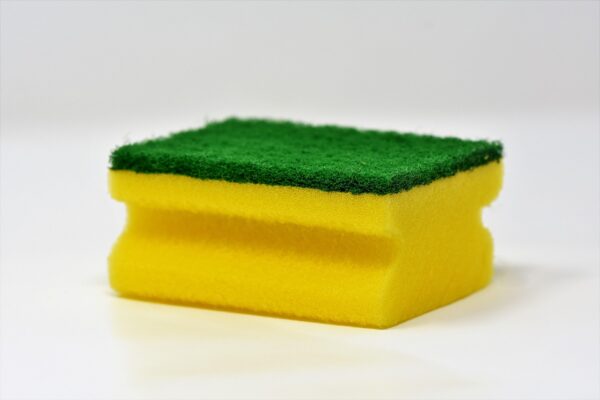View more

Researchers at the University of Twente (Netherlands) have developed a safe, sustainable way to recycle polyurethane (PU) foam — used in mattresses, furniture, and sponges. Their new method avoids toxic chemicals and could transform how designers and manufacturers handle foam waste.
Polyurethane foam is everywhere: in sofas, insulation, and sports gear. Yet it’s also one of the hardest plastics to recycle. Unlike thermoplastics, PU can’t simply be melted down. Until now, recycling required phosgene, a highly toxic gas once used as a chemical weapon — clearly unsuitable for large-scale reuse.
Led by Professor Jurriaan Huskens and Dr Jean-Paul Lange, the research team found a safer solution. They discovered that dialkyl carbonates, a mild and eco-friendly chemical, can break down PU foam into its original components. Both the soft and rigid parts of the foam can be recovered and used to make new, high-quality materials. This process
enables true circularity without harming people or the environment.
The method works on real-world foam from mattresses, furniture, sports shoes, and medical products — not just lab-made samples. This makes it especially promising for industrial use. The researchers are now scaling up the process to make large-scale foam recycling possible. For designers and manufacturers, this breakthrough could mean a new generation of sustainable, recyclable foams.
This innovation marks a major step toward a circular plastics economy. It offers designers, architects, and product developers a safer material option that reduces waste and closes the production loop. Recyclable polyurethane could soon replace today’s single-use foams — making sustainable design both achievable and scalable.
Source: University of Twente
Photo: Ralphs_Fotos
기사원문링크>
https://materialdistrict.com/article/recyclable-polyurethane-foams-without-toxic-chemicals/